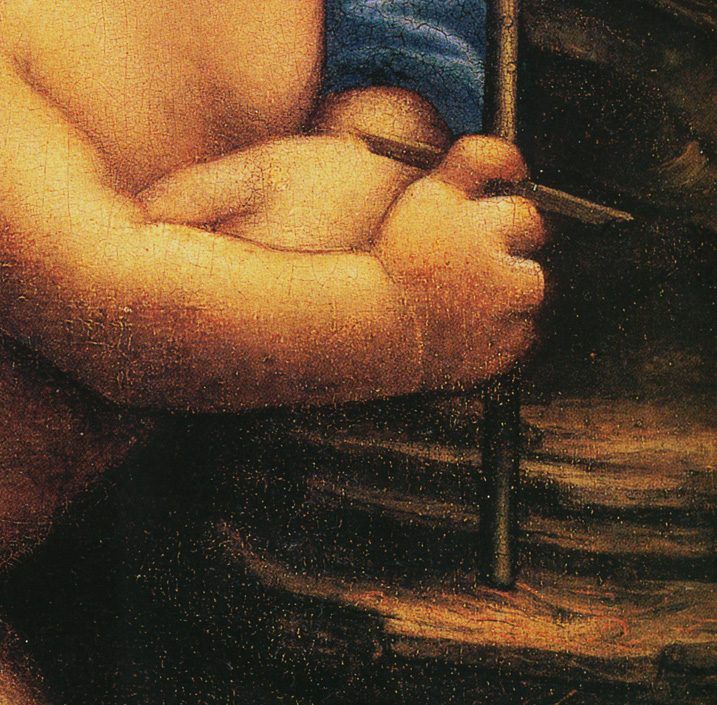
After those lovely X-ray images of the shipwrecked watch in my last post, here are some more pictures. I recently wrote a feature article for New Scientist about how Leonardo da Vinci was deciphering trace fossils hundreds of years before mainstream palaeontologists caught up with him. The feature is here... the images that go with it are missing from the online version though, so I thought I'd post them here instead.
 It's fairly well-known that da Vinci worked on body fossils (the direct remains of prehistoric organisms) but trace fossils - the tracks and trails these creatures leave behind - are much trickier to interpret. In da Vinci's time, scholars were arguing over why stone seashells were being found in the rocks on top of mountains. Trace fossils formed a key part of his arguments against the two prevailing theories - that the lofty seashells were the remains of sea creatures deposited during the Biblical flood, or that they had spontaneously grown inside the rock (yes really!)
It's fairly well-known that da Vinci worked on body fossils (the direct remains of prehistoric organisms) but trace fossils - the tracks and trails these creatures leave behind - are much trickier to interpret. In da Vinci's time, scholars were arguing over why stone seashells were being found in the rocks on top of mountains. Trace fossils formed a key part of his arguments against the two prevailing theories - that the lofty seashells were the remains of sea creatures deposited during the Biblical flood, or that they had spontaneously grown inside the rock (yes really!)
Palaeontologist Andrea Baucon picked all this out of Da Vinci's cryptic notebooks, in particular the Codex Leicester. The top pic shows an extract - the highlighted text translates as: "Between one layer [of the rock] and the other there remain traces of the worms that crept between them when they had not yet dried. All the sea mud still contains shells, and the shells are petrified together with the mud." Baucon's analysis is published in Palaios (vol 25, p 361).
 Baucon believes that da Vinci may also have included some trace fossils in his art. He has identified two possible candidates - slithery-looking tracks in "Madonna of the Yarnwinder" (second pic, just at the bottom of the stick) and "Virgin of the Rocks" (third pic, marked by arrow). When I asked Martin Kemp, an expert in da Vinci's art based at the University of Oxford, he reckoned that the marks in the Madonna are actually threads of yarn, but couldn't rule out that those in the Virgin were meant to represent trace fossils (although he was pretty sceptical).
Baucon believes that da Vinci may also have included some trace fossils in his art. He has identified two possible candidates - slithery-looking tracks in "Madonna of the Yarnwinder" (second pic, just at the bottom of the stick) and "Virgin of the Rocks" (third pic, marked by arrow). When I asked Martin Kemp, an expert in da Vinci's art based at the University of Oxford, he reckoned that the marks in the Madonna are actually threads of yarn, but couldn't rule out that those in the Virgin were meant to represent trace fossils (although he was pretty sceptical).

There is one other example though that does seem quite convincing - a scrawled hexagonal pattern (last pic; left) which appears alongside some sketches of body fossils in another of da Vinci's notebooks, Codex I. Baucon points out that it looks just like Paleodictyon, one of the most common and characteristic trace fossils of the area of Italy where da Vinci was working (last pic; right). It is a network of burrows, originally dug into the sand of the seabed, made up of vertical, hexagonal shafts. The organism responsible is still a mystery. Scientists recently sent the submersible Alvin looking for it at 3500-metre-deep underwater vents. They found modern-day versions of the burrows, but no creatures were inside.
Thanks to Andrea Baucon for sending over the images.
